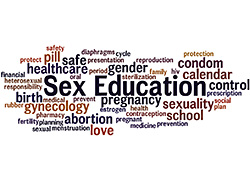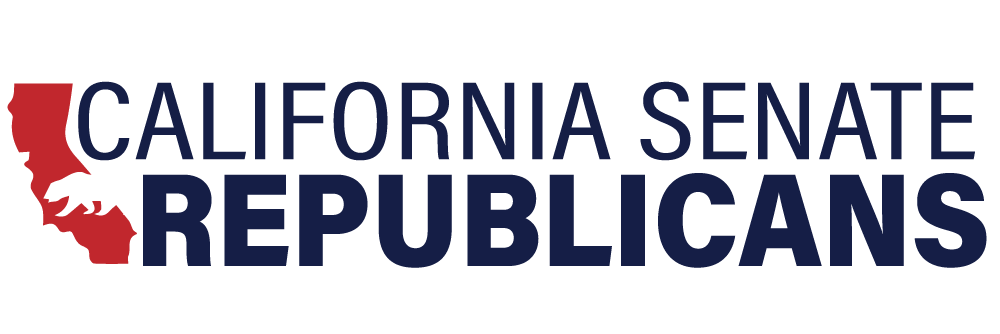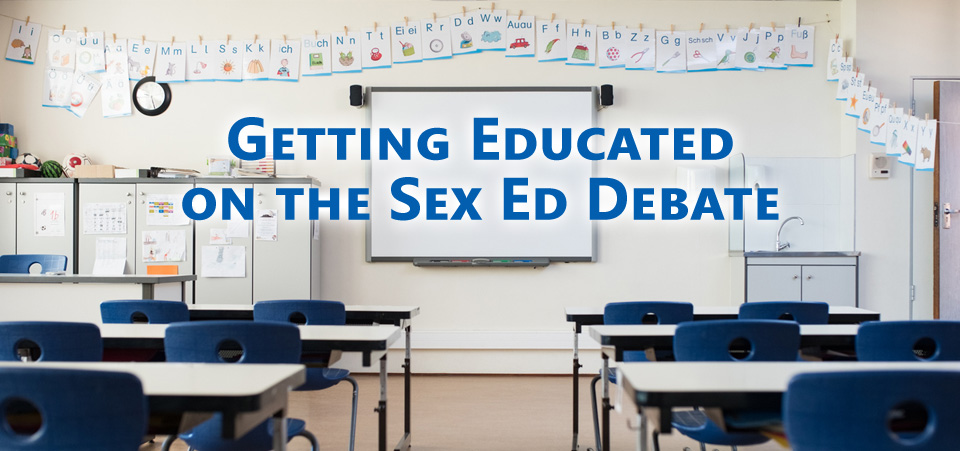What is “comprehensive” sex education and what has people so concerned?
What curricula is out there and what does it cover?
What else is out there?
Warning: Contains graphic topics including bondage & sexual domination.
How do schools and school boards fit in?
SB 1265 & SB 1394: Transparency & Parental Choice
What Can I Do?
The content and curricula examples included on this webpage represent only a sampling of the materials available to educators and school districts, about which many parents have expressed concern. Others exist and could be adopted by local school boards.
Nearly 40,000 parents and others (and counting) have signed a petition supporting more transparency and disclosure in sex education. Among their concerns has been the difficulty of accessing information about the curricula from their local school districts following the passage of AB 329 in 2015, authored by Democrat Assemblymember Shirley Weber (D-San Diego).
This page is meant to highlight examples of the curricula and books that are available to schools so that parents can see the information and make decisions that are best for their families.
What is “comprehensive” sex education and what has people so concerned?
At its core, it is the idea that sex education should begin in kindergarten or pre-kindergarten and continue through all grade levels to prepare students for becoming sexually active. What has drawn the concern of parents is the extent to which “comprehensive” has been interpreted.
These discussions are a result of the California Healthy Youth Act1 , a new state law signed by Governor Brown in 2015, mandating that “comprehensive sexual health education” be taught in grades 7-12 and authorizing it for K-6 students.
On May 8, 2019, the State Board of Education voted to adopt a new California Health Education Framework, which includes components and suggested materials for sex education. Many school districts are now in the process of adopting sex education curricula to comply with the new state law.
1AB 329 (2015 - Weber, D-San Diego)
What curricula is out there and what does it cover?

What follows are brief explanations and links so parents can decide what they believe is appropriate for their K-12 students.
The goal is only to provide information to clear up confusion. Here are examples:
-
“Be Real. Be Ready. Smart Sexuality Education” produced by the San Francisco Unified School District.
It contains content for high school students, including lessons on birth control, condoms, dental dams, and lubricants. It suggests activities such as a “condom relay race” and experiments with lube using rubber gloves that have received criticism from concerned parents. -
“Rights, Respect, Responsibility: A K-12 Sexuality Education Curriculum” by Advocates for Youth.
Among its outlined lessons for high school students:-
Creating Condom Confidence – Grade 9 – The lesson has students review the steps to using condoms by following the teacher’s demonstration of how to use condoms correctly. The homework requires the student to attempt buying condoms at a local store and reflect on the experience and reactions from store employees, if any. (page 28)
-
The Pleasure Principle – Grade 12 – It contains a lesson on the sexual response cycle that has not yet been released or made public. According to the curriculum, it is “currently being piloted.” (page 34)
-
The general “Rights, Respect, Responsibility” curriculum also incorporates videos produced by Amaze. To see these “Rights, Respect, Responsibility” lesson plans, click here. For all of the videos available from Amaze, click here.
For examples of elementary-age curriculum (as posted by the Mt. Diablo Unified School District), click here. These lesson plans also include links to videos and other resources that some parents have said are far too graphic.
-
“Positive Prevention Plus” – A common curriculum selected by school districts, but not specifically recommended in the adopted Health Education Framework.
-
For an example of upper elementary curriculum, click here. (For introductory video, click here)
-
For an example of the middle school curriculum (as posted on the Mt. Diablo Unified School District website), click here.
-
For an example of the high school curriculum, click here. (For introductory video, click here)
-
Click here to see the California Department of Education’s suggested “Statewide & National Sexual Health Resource.” – including Sex, etc.
What else is out there?

Before the State Board of Education adopted the new California Health Education Framework -- because of significant pushback from concerned parents -- it chose to remove several suggested reading resources for students. Parents considered many of those materials too explicit and unsuitable for school-aged children.
The board’s initial framework recommended materials that contained many graphic depictions of genitalia and descriptions of sexual behavior. This content is indicative of the direction some advocates would take sex education in California.
Parents must be involved with school district officials and have full disclosure and transparency in the formation of sex education lessons– so parents can make the best decisions for their children.
The supplemental materials linked below include content highlights that many parents consider objectionable and too explicit:
-
Changing You!: A Guide to Body Changes and Sexuality (Gail Saltz) – Suggested as a resource for students as young as traditional kindergarten through 3rd grade. Includes graphic, close-up illustrations of child/adult genitals as well as an illustration of a couple engaged in sexual intercourse.
-
Who Are You?: The Kids Guide to Gender Identity (Brook Pessin-Whedbee) – Promotes the concept of gender choice to students in transitional kindergarten through 3rd grade
-
What’s Happening to My Body? Book for Boys (Lynn Madaras) – A book aimed at fourth and fifth grade boys. Lists slang words for male/female genitals, explains masturbation, and discusses the concept of sexual fantasies.
-
S.E.X.: The All-You-Need-to-Know Sexuality Guide to Get You through Your Teens and Twenties (Heather Corinna) – Suggested in the initial draft framework as a reading assignment for high school students. Introduces anal sex for all sexual orientations, BDSM (bondage, domination, sadomasochism), body fluid (urinating on each other or blood play), fisting, and other sexual acts.
How do schools and school boards fit in?

School districts maintain a considerable amount of local control over instructional materials in all subject areas. They have ultimate discretion in deciding which curricula is most appropriate for their local communities. Teachers also have the ability to supplement their lessons with any resources they choose.
School boards also are required by state law to collaborate with parents and teachers in selecting materials. In making this determination, school boards can choose to take recommendations from the State Board of Education’s adopted “Health Education Framework” guidance, but they are not required to adopt them.
SB 1265 & SB 1394: Transparency & Parental Choice

SB 1265 and SB 1394 are about transparency and parental choice. Together, the bills enhance the ability of families to be involved in the formation of sex education lesson plans with their local districts.
Many parents have expressed concern that much of the material is unsuitable for young students and, in some cases, is even indecent, going from informative to explicit. In some parts of the state, parents are frustrated at the absence of clear communication from district officials about what is included in the adopted curricula. In some extreme cases, school districts have purposefully made it difficult for parents to see the curricula. These district officials have kept the full lesson plans confidential.
One school employee reportedly expressed opposition to the curriculum being made available to the public, stating that school employees “know better” what students need to learn.
SB 1265 and SB 1394 focus on two aspects of this issue:
SB 1265 – Increases transparency and accessibility to curricula by requiring school districts to post all adopted sex education materials online. School districts will no longer be able limit access to curricula by only making it available in person for short periods at remote district offices. This bill also requires reasonable accommodation in translating the materials for review by non-English speaking parents. Senator Brian Dahle is lead joint author of this bill and Senator Ling Ling Chang is principal coauthor.
SB 1394 - Allows school districts to adopt opt-in policies for elementary-age sex education instruction. Prior to the California Healthy Youth Act there was no prohibition on local jurisdictions choosing this parent approval process. SB 1394 restores this right. Under the current law, children are automatically enrolled in sex education unless a written excuse is provided.
These bills follow up on SB 673, which Democrats on the Senate Education Committee killed at a January 2020 hearing in Sacramento. Read more about those efforts here.
What Can I Do?
The Senate Education Committee will consider SB 1265 and SB 1394 this spring.
Steps to take:
-
Let your legislators know that you would like them to vote “YES” on SB 1265 and SB 1394 to support transparency, full disclosure, and parental choice in sex education.
-
Families should make these decisions, not the government.
See the members of the Senate Education Committee and the cities/communities they represent here.
Do you have friends or family in those areas? Send them this information and ask them to let their senator know that they support SB 1265 and SB 1394. -
Don’t see your senator on the committee? Find your representatives here.

